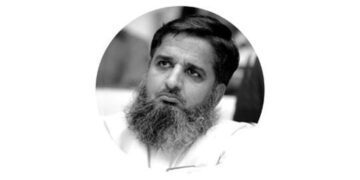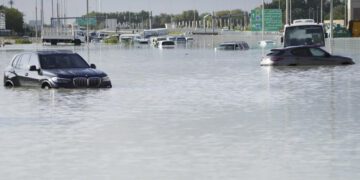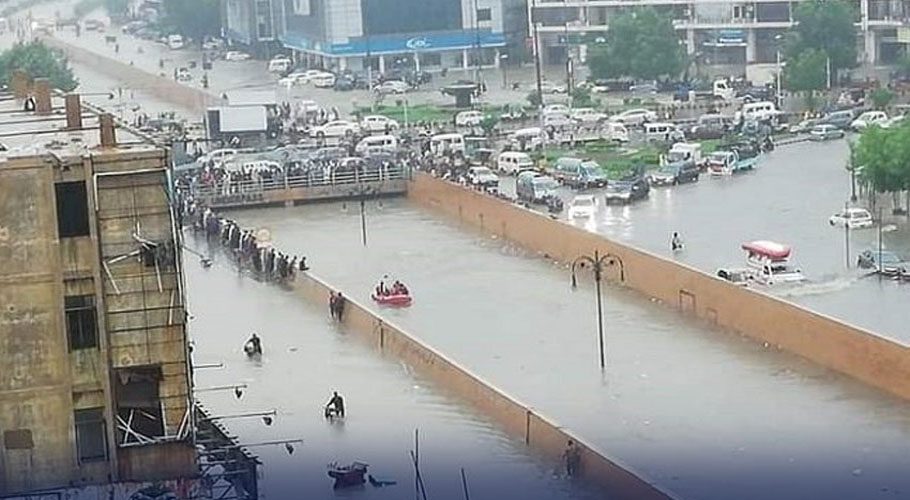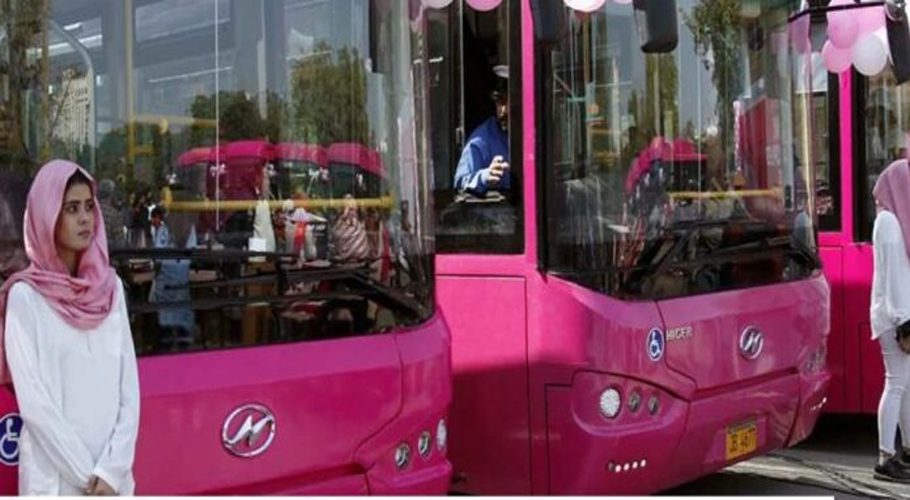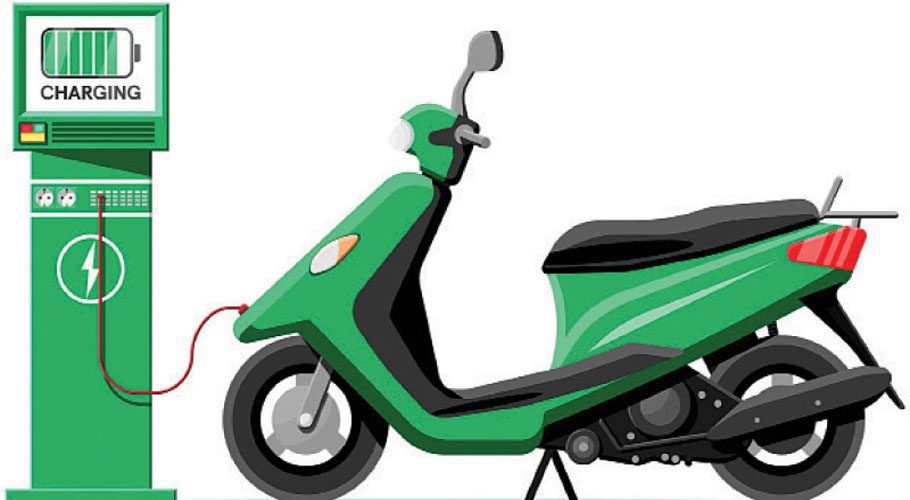![]() Follow Us on Google News
Follow Us on Google News
Pakistani media was faced with different challenges both in terms of content and coverage as well as in the nature of the steps to restrict press freedom and the free flow of information in 2020.
The year 2020 presented the media with the challenge of covering the spread of coronavirus while also guarantying that the safety of media workers and organizations. The year also saw more hostile forms of censorship being enforced to restrict the free flow of information in the country.
Surprisingly, social media content became a harsh subject to policing with the development of strategies to legalize content as well as with the registration of cases against media workers and citizens for their posts on the platforms. Shockingly, even though women journalists were also subjected to threats and irritants online highlighting the gendered nature of attacks on press freedom.
In this year, the spread of COVID-19 claimed the lives of various media workers in the country and infected several others. The virus also posed a serious threat for newsrooms in terms of implementing the required procedures to make sure the safety of their workers, often at the frontlines in covering the situation of the pandemic.
There were various incidents of journalists being nabbed for their coverage of the COVID-19 quarantine center across the country. In 2020, while the COVID-19 was a new frontier that the media had to deal with, in many other ways the challenges faced by the Pakistani media and the restrictions on press freedom have not changed.
Press freedom continued to be threatened as media organizations faced increasing censorship and journalists being kidnapped, apprehended and killed with impunity.
The most high-profile case of a media worker during the year was Jang Editor-in-Chief Mir Shakil ur Rehman’s arrest by National Accountability Bureau (NAB). He was later shifted to jail and granted bail more than seven months later in November 2020.
In July, senior journalist Matiullah Jan was kidnapped from Islamabad while senior reporter Ali Imran Syed went missing in October. Criminal cases were lodged against former PEMRA chairman Absar Alam and journalists Bilal Farooqi and Asad Ali.
In this year, panic and insecurity amongst the media grew with at least two reported instances of journalists being picked up and disappeared for several hours. Following a story regarding the business assets of Lt General (Retired) Asim Saleem Bajwa, journalist Ahmad Noorani received life threats. A publishing house, as well as the Karachi Press Club (KPC), was raided by security agencies, further creating a sense of fear.
The year 2020 also saw increased policing of content on social media platforms as several rules were notified hence further reducing the space for criticism, debate and discussion online. Media in Pakistan has come under attack on all fronts — from adapting to the challenge of covering the epidemic to working inside an increasingly restrictive space for free expression and press freedom.
The safety of the media has come under threat and as the space for free expression gets smaller, both online and in traditional media, journalists are compelled to adapt to this environment. Currently, the media in Pakistan is under severe threats and facing the worst financial issues that were created to suppress media and voices of dissent in Pakistan.
It was the job of journalists to be skeptical and ferret out the truth. Media workers and Journalists often saw themselves as a pillar of democracy by bringing transparency and highlighting corruption to the affairs of States.
A free press is essential to a democratic society. It seeks out and circulates information, ideas, news comment, and opinion and holds those in authority accountable.
As journalists we demanded the government to take immediate and appropriate steps for the protection of the lives of journalists and media organizations by ensuring press freedom in the country.

